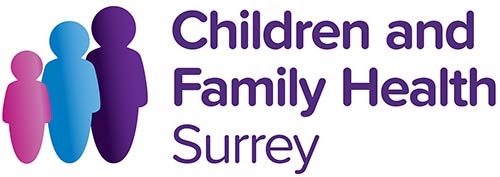Sleep walking
Sleep walking can happen in up to a third of children at some point. They usually grow out of it by adolescence. It is safe to wake a child when they are sleep walking. If you have a child who sleepwalks, safety is really important so think about safety gates and locks on windows. Visit The Sleep Charity website for more information.
Nightmares
About three quarters of children have nightmares, with 40% having them on a regular basis. They often start in early childhood with a frightening event or experience.
Anxiety can also increase nightmares due to higher levels of cortisol in the body when going to sleep. Children experiencing nightmares often need comforting and reassurance during the night. Talking about any worries or anxieties during the day, but not too close to bedtime, may bring cortisol levels down and avoid nightmares occurring.
A calm and consistent bedtime routine may also help. Nightmares are different from night terrors. Visit The Sleep Charity website for more information.
Night terrors
Night terrors are less common than nightmares and only affect about 3% of the whole population. They don’t have any long-term effects and aren’t remembered the following morning.
Night terrors can be very distressing to see. If your child has a night terror, they may appear terrified, confused, shaky, they may be thrashing around, sweaty and have an increased heart rate.
If your child is having a night terror, make sure they are safe in their surroundings and support them back into bed. Although there isn’t a way to prevent night terrors from happening, simple strategies can be put in place to help.
These include:
- having a good bedtime routine
- talking about worries or anxieties during the day but not too close to bedtime
- avoiding any caffeine or sugar in the evening.
Visit the Sleep Scotland website for further information.

